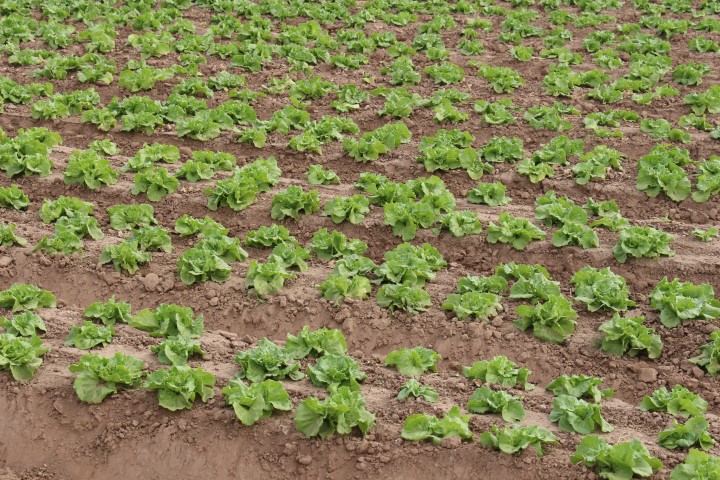October 24, 2017

(Commentary)
California vegetable crop growers are developing a hands-off process for planting seeds which cuts labor costs, ensures a consistent stand, and avoids post-plant thinning. Call it high tech if you like but neither robots nor drones are part of the process.
The simplest description of it is this - seeds are planted at a predetermined spacing onto a nutrient rich strip of soil-like tape grown under tightly controlled conditions usually in a greenhouse, and then transplanted by machine that lays lengths of the tape in the field.
Then, irrigation, pest control, and other cultural measures are carried out through harvest.
The process was pioneered and is being refined by lettuce growers in California’s Salinas Valley, but growers of tomatoes processed into ketchup are adapting the technique as well. They hope to apply it eventually in the 225,000 acres they have planted annually in recent years. This will be a tremendous labor savings.
Machines that allow consolidation of planting have been in development for several years, not always domestically. Longtime Salinas grower Tanimura and Antle was so impressed by such a machine developed and manufactured in Spain that it bought the company.
Tanimura and Antle’s process for establishing a lettuce crop on tape, nurturing it in their own greenhouse, and then laying the tape by machine has been reported. Only the intricate details of the equipment have been withheld.
Nearly all of the typical vegetable crops grown in the Salinas and Santa Maria areas appear to be reasonable prospects for planting by the improved tape method. Among them include romaine lettuce, beets, cabbages, kale, and onions.
In Spain, a major crop using the method is the leek. Planting has just begun in the traditional onion-growing region of Vidalia, Geo. where tape planting is expected to play a big part.
Painting with a broad brush the axiom is that any crop with seed that will fit and take root on the tape is a prospect for the planting machine. Crops that grow from relatively small seeds are the most likely.
A basic sales appeal for the Tanimura and Antle machine is its promise to reduce a traditional planting crew of 16 workers to two. Replacing hand labor with automated machinery and equipment can provide enormous cost savings whatever the crop, and no matter the high costs of equipment.
The recent partnership developed between vegetable growers in the Salinas area and the high tech industry in neighboring Silicon Valley encourages further partnerships and applications. Lettuce is still expected to be lettuce, but it might be rooted in futuristic technology and soil.
In some cases, vegetable seeds are placed into molded soil pods which are attached to planting tape. After a few days in the greenhouse, the seeds have rooted through the tape, attaching each young plant firmly, and allowing tape movement and eventually its mechanical spreading in the field.
The tedious and costly thinning of the tender plants is minimized by the pre-spacing on the tape; further reducing the hand labor costs in the field.
Only so much can be done in dealing with the natural growing process, but planting via tape is a major accomplishment. And you can’t even detect a difference in taste, texture, or most of all the health benefits.
About the Author(s)
You May Also Like




